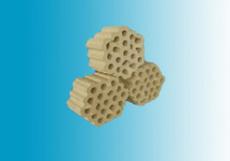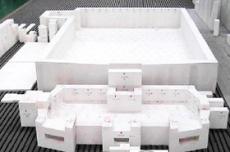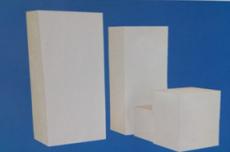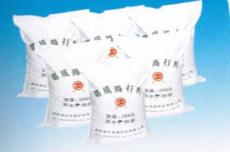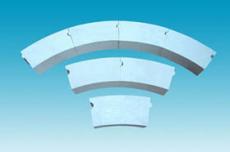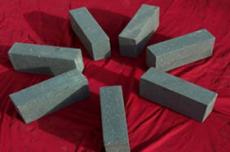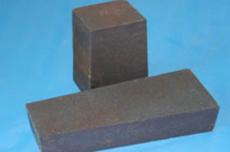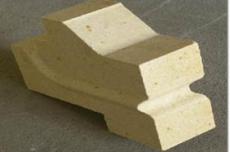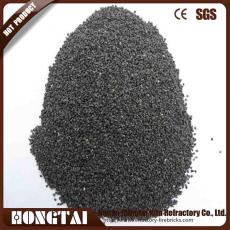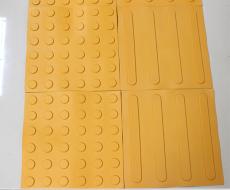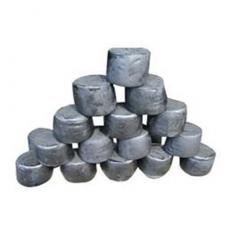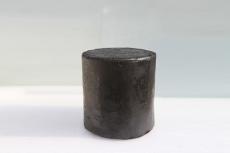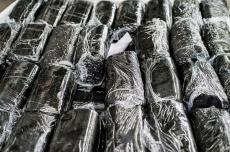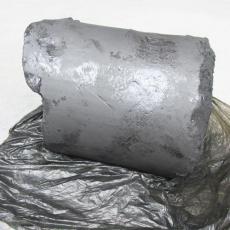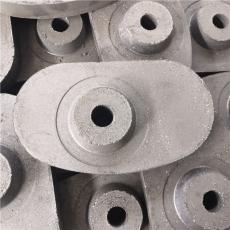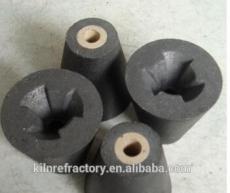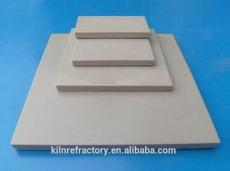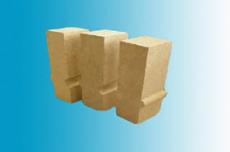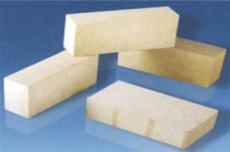
Precast bricks and unfired bricks are very different. Both are unfired or lightly fired products, and are new products that will be widely used in the future.
Precast bricks belong to amorphous refractory materials. They are first made into refractory castables, and then made into precast bricks of different specifications according to the shape and size of the use part. Unfired bricks are produced by a production process with different proportions of raw materials, binders and admixtures. After pressing and forming, they are unfired or lightly fired refractory brick products.
Precast bricks are divided into large, medium and small precast bricks; precast bricks are also equipped with steel bars and anchors, so they are divided into ordinary precast bricks, steel bar precast bricks and anchor precast bricks.
Precast blocks save manpower in furnace construction, shorten construction period and improve operation rate. At present, thermal kilns such as blast furnaces, hot blast furnaces, heating furnaces, electric furnace tops, iron ore powder roasting shaft furnaces and pellet roasting furnaces use precast parts. At present, the lining of the iron and slag channels of blast furnaces is also made of prefabricated blocks of Al2O3-SiC-C refractory castables, and the prefabricated parts have been treated at low temperature. The lining speed is fast and no baking is required, which is an important development direction in the future.
The development of unfired bricks is very fast. Unfired refractory bricks such as magnesia carbon bricks, aluminum magnesium carbon bricks, aluminum carbon bricks and aluminum silicon carbide carbon bricks are used in the lining of thermal equipment such as steelmaking converters, electric furnaces and ladles, and have undergone a generational change. Now, unfired bricks such as air-permeable bricks and seat bricks are made by using technologies such as expansion agents, ultrafine powders, admixtures and particle grading. They are used in thermal equipment such as ladles, cement kilns and electric furnace tops, and have also achieved good results.
Unfired bricks are refractory materials that can be directly used for masonry without firing. The production process is relatively simple. It is made of refractory raw materials of different materials, which are reasonably graded and then combined with organic or inorganic binders with strong binding ability. The main advantage of unfired bricks is their higher thermal shock stability. The disadvantage is that their high-temperature strength is lower than that of sintered refractory bricks, and they cannot be used in load-bearing areas.
